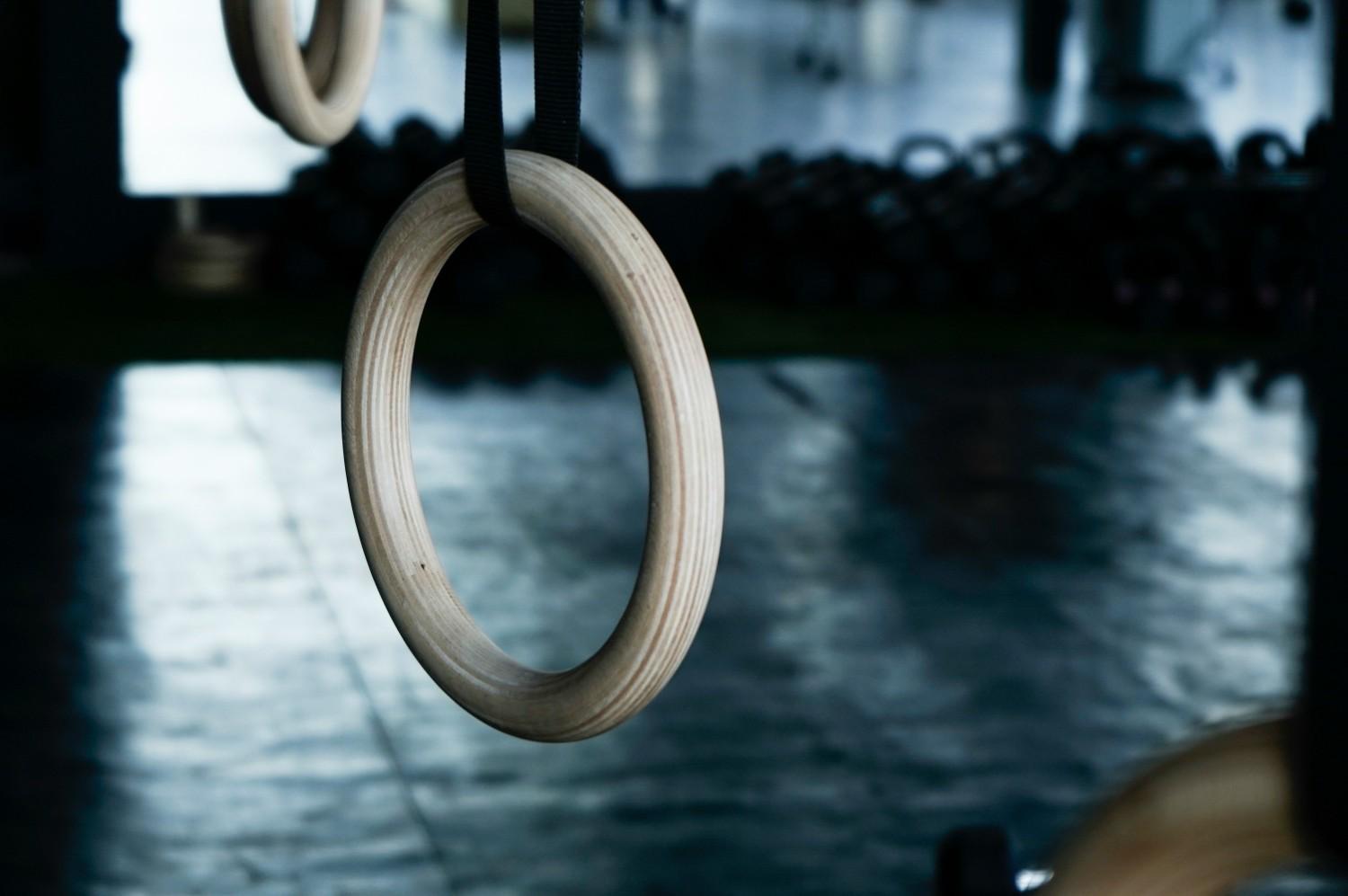CrossFit has become a fitness revolution, and if you’re looking to build strength, increase endurance, and feel empowered every day, daily CrossFit workouts might be exactly what you need. These intense, scalable routines challenge the whole body, combining elements of cardio, weightlifting, gymnastics, and functional movements. The beauty of daily CrossFit workouts lies in their adaptability—no matter your level, there’s a place for you to start.
In this article, we’ll explore how to structure your daily CrossFit workouts, the benefits they offer, essential components of a routine, and how to stay consistent while avoiding burnout. Whether you’re new to CrossFit or a seasoned athlete, this guide is built to help you stay committed, get stronger, and see real progress.
What Are Daily CrossFit Workouts?
Daily CrossFit workouts are not your average gym sessions. They are high-intensity, functional training programs designed to enhance physical performance across a wide range of movements. Unlike traditional routines that isolate muscle groups, CrossFit challenges your entire body in ways that mimic real-life activities—lifting, jumping, running, pulling, and more. The goal isn’t just to build muscle or burn calories but to create a more capable, adaptable, and resilient body.
Understanding the CrossFit Philosophy
At its core, CrossFit is based on the belief that fitness should prepare you for anything life throws at you. From lifting groceries to climbing stairs or sprinting to catch a bus—CrossFit trains you for real-life functionality. This “general physical preparedness” is achieved through constantly varied workouts that emphasize functional movements performed at high intensity. Whether you’re 20 or 60, a well-scaled CrossFit program can match your fitness level and grow with you.
Common Movements in CrossFit
CrossFit incorporates an extensive list of movements from different training disciplines. These include:
-
Olympic Lifting: Movements like the clean and jerk and snatch help build explosive strength.
-
Gymnastics: Exercises such as handstand push-ups or muscle-ups promote body control and core strength.
-
Plyometrics: Jump-based movements that improve power and coordination.
-
Bodyweight Training: Classic moves like squats, push-ups, and pull-ups develop foundational strength.
-
Cardio Intervals: Running, rowing, and jumping rope to build endurance and burn fat.
Each WOD (Workout of the Day) uses a unique mix of these to challenge you differently every day.
Structure of a Typical CrossFit Workout
To get the most from CrossFit, understanding the standard workout structure is crucial. Each session is designed to ramp up intensity gradually, focus on form, and end with recovery to reduce soreness and enhance flexibility.
1. Warm-Up (5–10 minutes)
Warming up is about more than breaking a sweat. A well-planned warm-up:
-
Increases blood flow to muscles
-
Prepares joints for high-impact movements
-
Activates the central nervous system
Common warm-up drills include jumping rope, high knees, dynamic stretching, and short rowing sessions. The goal is to prime the body and mind for the intensity to come.
2. Skill or Strength Work (10–20 minutes)
This segment focuses on technical proficiency or building raw strength. You might work on improving a lift (e.g., front squat) or skill (e.g., double unders). Proper technique is emphasized to ensure safe and effective performance during the WOD. Often structured in sets and reps, this segment builds a solid base for long-term progress.
3. WOD (Workout of the Day) (10–30 minutes)
This is the heart of CrossFit training. The WOD is a time-based or rep-based circuit, designed to push your physical and mental limits. Intensity is the key. WODs vary in format:
-
AMRAP (As Many Rounds As Possible): Complete as many rounds of a set circuit within a set time.
-
EMOM (Every Minute On the Minute): Perform specific exercises each minute for a set duration.
-
Chipper: One long sequence of various movements done only once.
-
For Time: Complete a specific task as fast as possible.
WODs test everything—strength, cardio, agility, endurance, and focus.
4. Cool-Down (5–10 minutes)
The cool-down helps bring your heart rate down and promotes muscle recovery. Skipping this phase can increase the chance of injury or soreness. Cool-down routines often include:
-
Light jogging or walking
-
Static stretching (hamstrings, quads, shoulders)
-
Deep breathing or mindfulness
-
Foam rolling for fascia release
Benefits of Doing Daily CrossFit Workouts
CrossFit is known for its transformational power. Done daily, it offers a holistic boost in both fitness and lifestyle.
1. Full-Body Conditioning
One of the most valuable benefits of CrossFit is its total-body training effect. Every muscle is engaged:
-
Legs and glutes during squats, lunges, and jumps
-
Back and core during deadlifts and Olympic lifts
-
Arms and shoulders with push-ups, presses, and pull-ups
This builds a symmetrical physique while also developing muscular endurance and coordination.
2. Time Efficiency
Short on time? CrossFit is perfect. In just 30–45 minutes, you can get a workout that’s more effective than an hour on a treadmill or with machines. The focus on intensity ensures you’re burning calories and building muscle, even after the workout ends—a phenomenon known as the afterburn effect (EPOC).
3. Motivation and Variety
CrossFit’s hallmark is no two workouts are the same. The constant change keeps you mentally engaged and physically challenged. Whether it’s a barbell day or a bodyweight circuit, you’ll never fall into a boring routine.
4. Community Support
Every box (CrossFit gym) builds a supportive environment. You’ll find encouragement from coaches and peers alike. That sense of community often translates into:
-
Higher commitment
-
Healthier competition
-
Long-lasting friendships
5. Mental Toughness
The mental gains from CrossFit are often overlooked. Pushing through tough WODs builds confidence, discipline, and a stronger mindset that carries over to other aspects of life, such as work, relationships, and stress management.
How to Start Your Daily CrossFit Workout Routine
Beginning a CrossFit journey might feel overwhelming, but starting smart makes all the difference.
Step 1: Set Clear Fitness Goals
Know your why. Are you doing this to:
-
Lose 10 pounds?
-
Improve your cardiovascular health?
-
Compete in a CrossFit Open?
Having clear goals ensures that your daily workouts align with your desired outcomes.
Step 2: Join a Reputable Box or Train at Home
Joining a CrossFit box means:
-
Access to experienced coaches
-
Full equipment
-
Community support
However, home workouts can also be effective with proper programming and motivation. The key is consistency and structure, wherever you train.
Step 3: Learn the Basics
Start with foundational movements, and prioritize safety. Beginners should:
-
Learn how to hinge at the hips
-
Maintain a neutral spine under load
-
Understand breathing mechanics during lifts
-
Get comfortable with compound lifts
This phase is crucial for avoiding injuries and setting yourself up for long-term gains.
Weekly Breakdown of Daily CrossFit Workouts
A structured week allows your body to recover while improving across different domains like strength, endurance, agility, and coordination.
Monday – Strength & Conditioning
Focus on big lifts to stimulate muscle growth, followed by a balanced circuit that elevates the heart rate. This combo develops foundational strength and cardio stamina.
Tuesday – Cardio & Core
Conditioning takes center stage with longer WODs or EMOMs that push your endurance. Core exercises build stability essential for all lifts and movements.
Wednesday – Upper Body Blast
Upper-body strength is crucial in CrossFit. This day targets pulling and pressing movements, enhancing your push-ups, pull-ups, and barbell lifts.
Thursday – Recovery or Light WOD
Taking it easy doesn’t mean skipping movement. Light activity supports blood flow, muscle repair, and prevents stiffness.
Friday – Full-Body HIIT
This session merges strength and cardio in short, intense bursts. The goal is maximum effort with minimal rest to torch fat and boost conditioning.
Saturday – Team or Partner Day
Partner workouts are not only fun but also great for accountability. Shared effort motivates you to push harder and enjoy the process.
Sunday – Rest or Mobility Day
Use this day to reset. Incorporate activities like:
-
Stretching sessions
-
Meditation
-
Breathing exercises
FAQs
Can beginners do daily CrossFit workouts?
Absolutely. CrossFit is designed to be scalable, which means workouts can be modified to match any fitness level—whether you’re brand new to exercise or returning after a break. As a beginner, you’ll start with lower weights, fewer reps, and simpler variations of complex movements.
It’s recommended to begin with 3–4 sessions per week to allow your body time to adapt. Gradually, as your strength, endurance, and confidence improve, you can increase frequency up to 5–6 times a week, incorporating rest or active recovery days as needed.
Most CrossFit boxes offer foundations or on-ramp programs that teach proper form and introduce you to the movements in a safe, controlled environment. If you’re training at home, choose beginner-level workouts and follow video tutorials to ensure correct technique.
How long should each daily CrossFit workout be?
A full CrossFit session typically lasts 45 to 60 minutes, which includes warm-up, skill or strength work, the main WOD (Workout of the Day), and a cool-down.
The WOD itself is often the most intense part and usually lasts 10 to 30 minutes, depending on the format:
-
AMRAPs (As Many Rounds As Possible): 10–20 minutes
-
EMOMs (Every Minute on the Minute): 10–20 minutes
-
For time WODs: Can range from 5 to 25 minutes depending on the task
Despite the short duration, the intensity is high, making it extremely effective. This time-efficient format allows you to get results without spending hours at the gym. If you’re short on time, a focused 20-minute CrossFit-style workout can still deliver major benefits.
Do I need equipment to do CrossFit daily?
Not necessarily. Many CrossFit workouts can be done using just your bodyweight, especially for beginners or those training at home. Exercises like squats, push-ups, sit-ups, burpees, planks, and lunges are staples that require no gear.
However, adding a few basic tools can greatly increase variety, resistance, and progression:
-
Kettlebells or dumbbells for strength work
-
A jump rope for cardio and coordination
-
A pull-up bar for upper-body strength
-
A plyo box or sturdy platform for jumps
-
Resistance bands for warm-ups and mobility
-
A medicine ball for wall balls or slams
You can start with minimal equipment and gradually build your home gym as you go. For box training, the facility will already have all the gear you need.
Will daily CrossFit workouts help with weight loss?
Yes, CrossFit is highly effective for weight loss and body composition improvement. The blend of strength training, cardiovascular conditioning, and high-intensity intervals creates an ideal environment for burning fat and building lean muscle.
Here’s why it works:
-
High-intensity workouts elevate your heart rate and increase calorie burn both during and after the workout (afterburn effect)
-
Strength training increases muscle mass, which boosts your resting metabolism
-
Functional movements recruit multiple muscle groups, making your body work harder and burn more energy
-
The variety keeps your body adapting and prevents plateaus
Pairing daily CrossFit with a nutrient-dense, protein-rich diet will amplify your results. For sustainable weight loss, consistency, proper recovery, and mindful eating are just as important as the workouts themselves.
Is it safe to do CrossFit every day?
Yes, daily CrossFit workouts can be safe if you program smartly and listen to your body. The key is to balance intensity and recovery, rather than going all-out seven days a week.
Here’s how to do it safely:
-
Alternate workout types: Mix high-intensity WODs with lower-intensity skill work, mobility sessions, or active recovery (like yoga or walking).
-
Vary muscle focus: Don’t train the same muscle groups hard every day. Rotate between upper body, lower body, and full-body emphasis.
-
Rest and recovery: Take at least 1 full rest day or light recovery day per week. Adequate sleep, hydration, and stretching are essential.
-
Watch for signs of overtraining: Fatigue, irritability, sleep problems, or declining performance can all be indicators.
Conclusion
Daily CrossFit workouts are more than a fitness trend—they’re a lifestyle shift. They offer structure, variety, and measurable progress. Whether your goal is to lose weight, build muscle, or boost your mental toughness, CrossFit can transform your body and mindset.
Remember: it’s not about being the fastest or lifting the heaviest. It’s about consistency, effort, and listening to your body. Show up, put in the work, and celebrate every small win.



